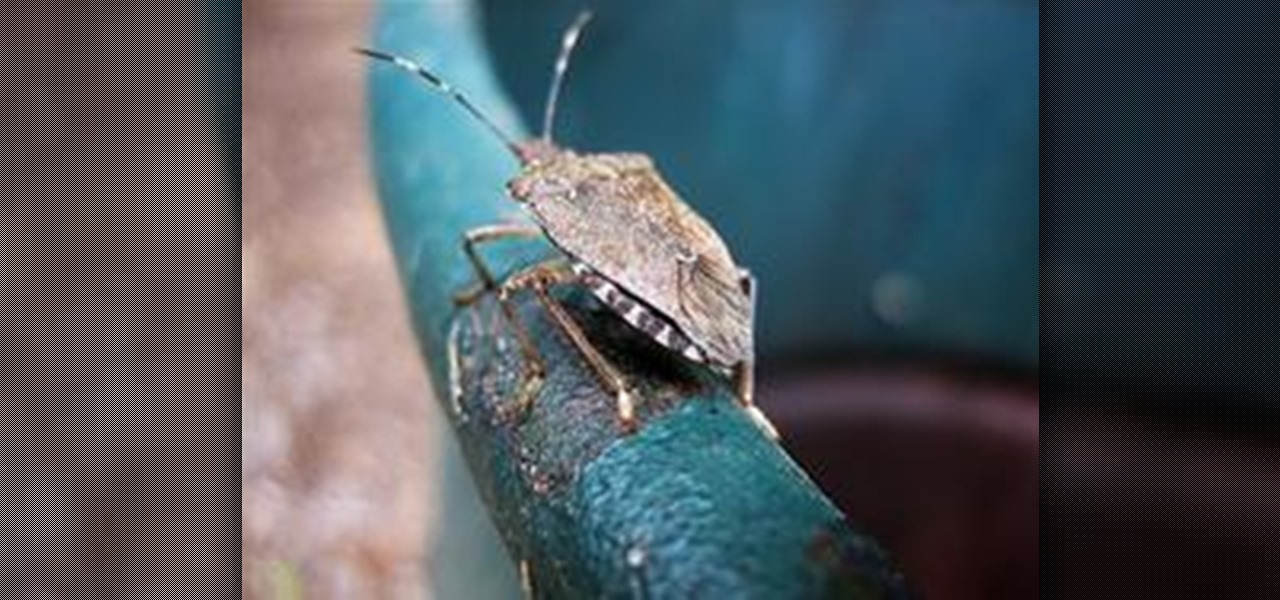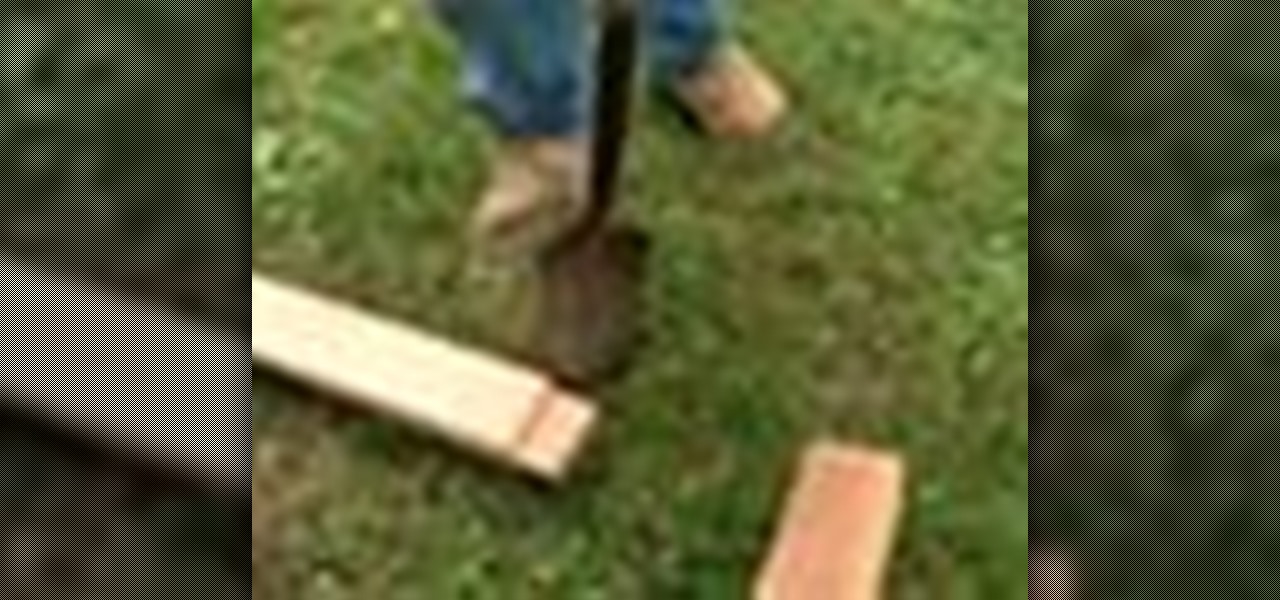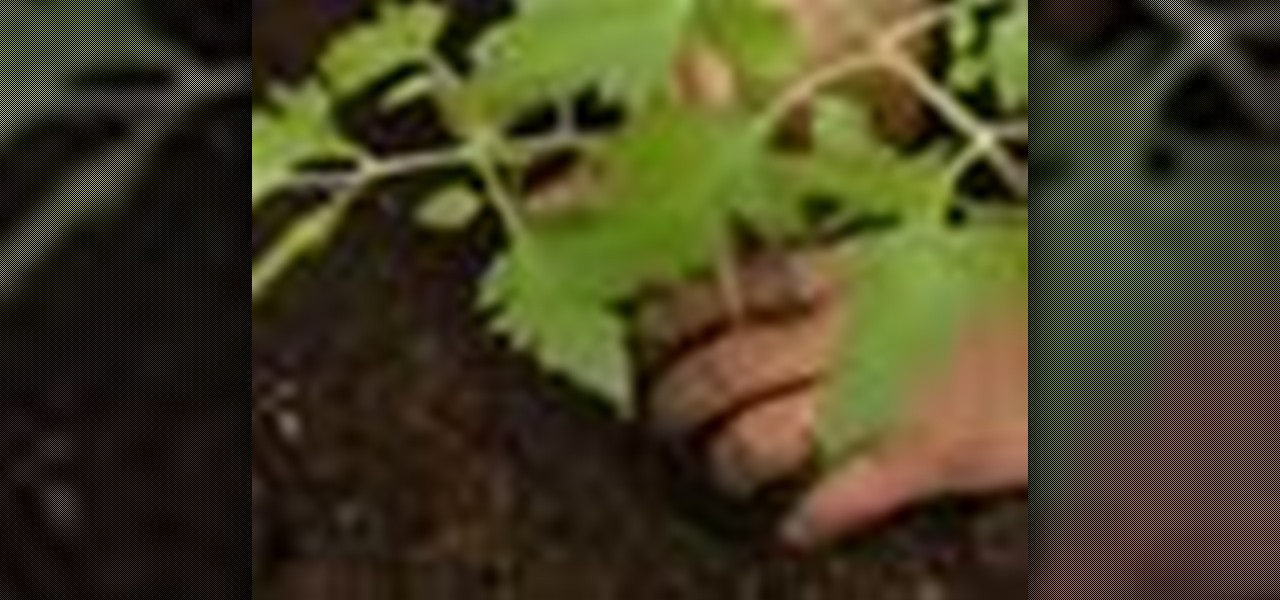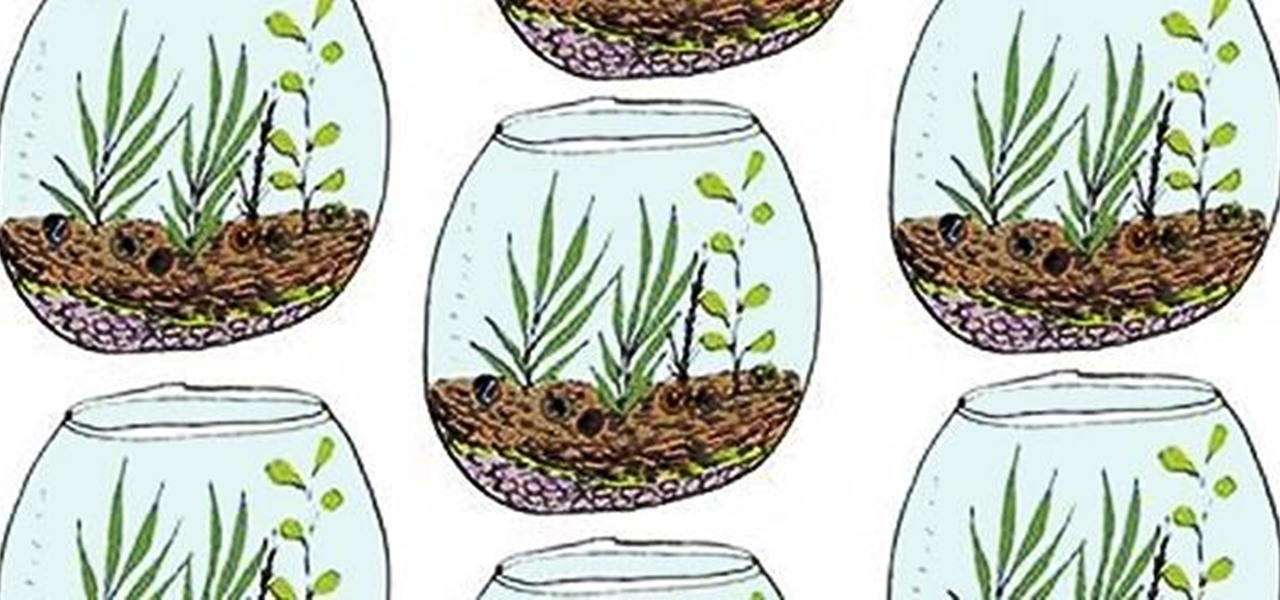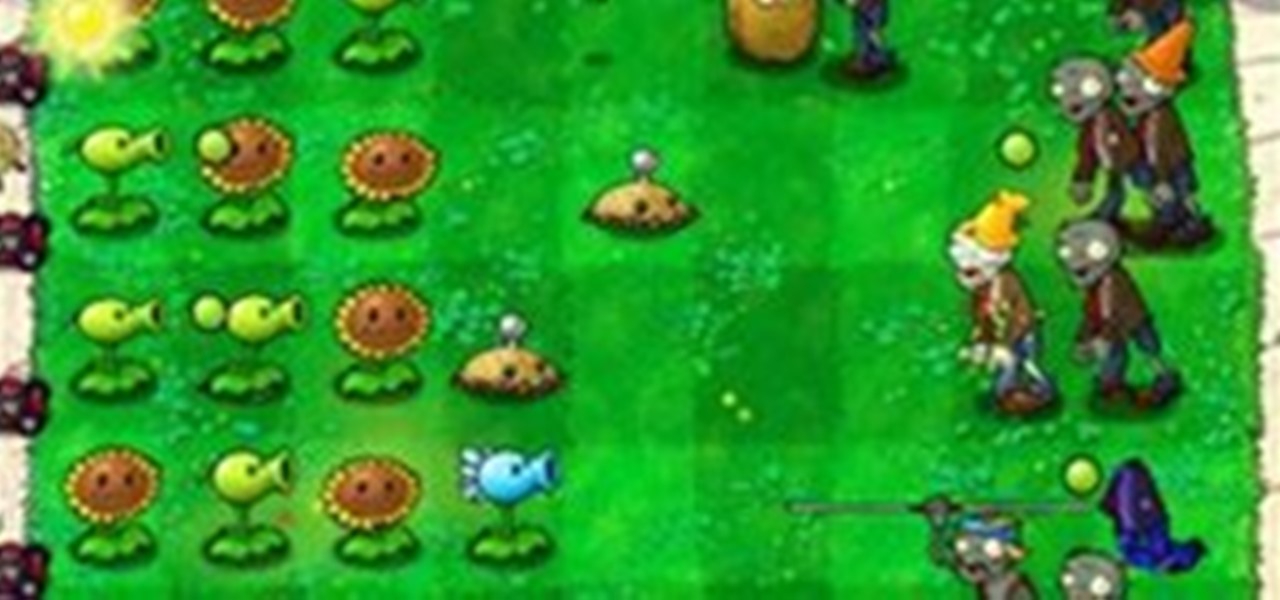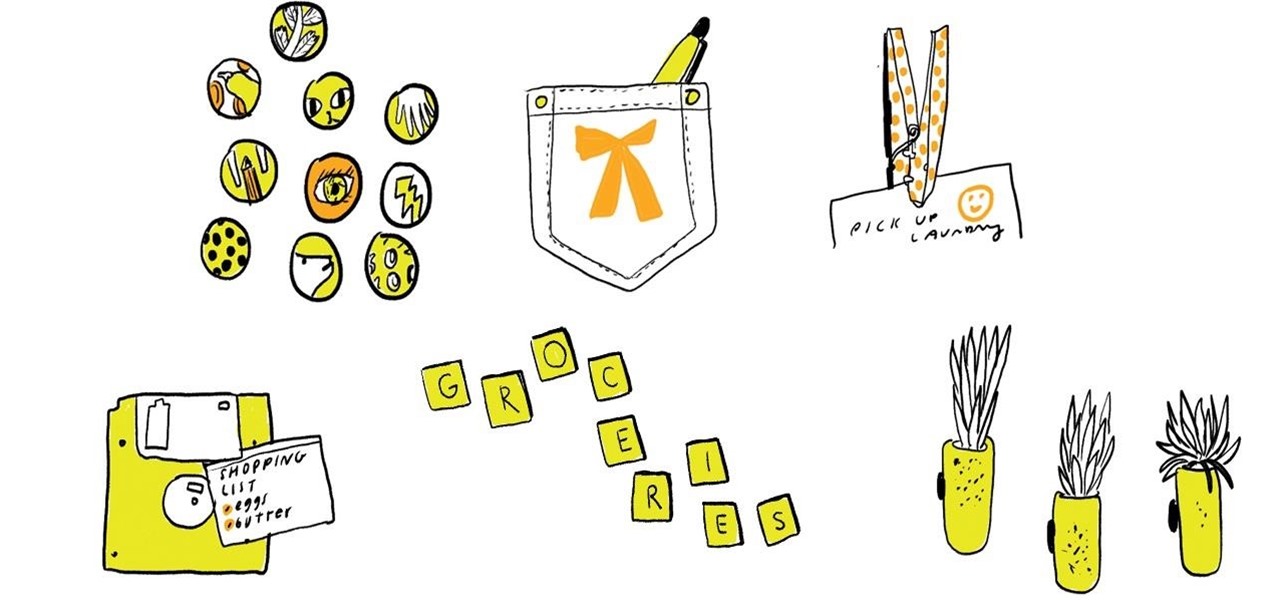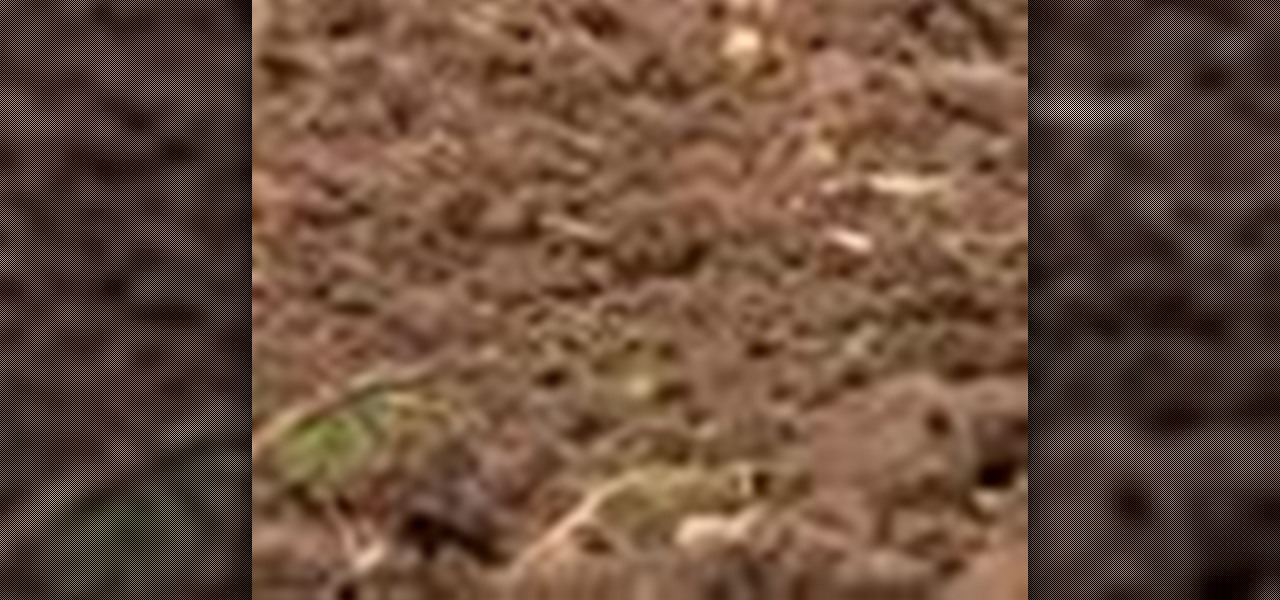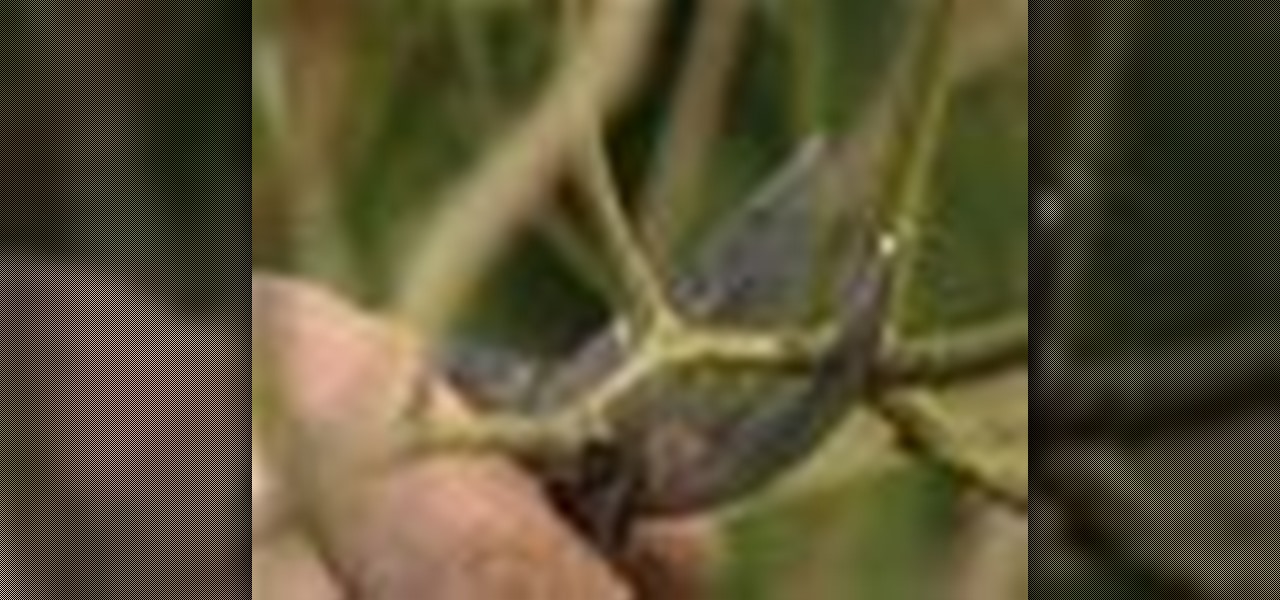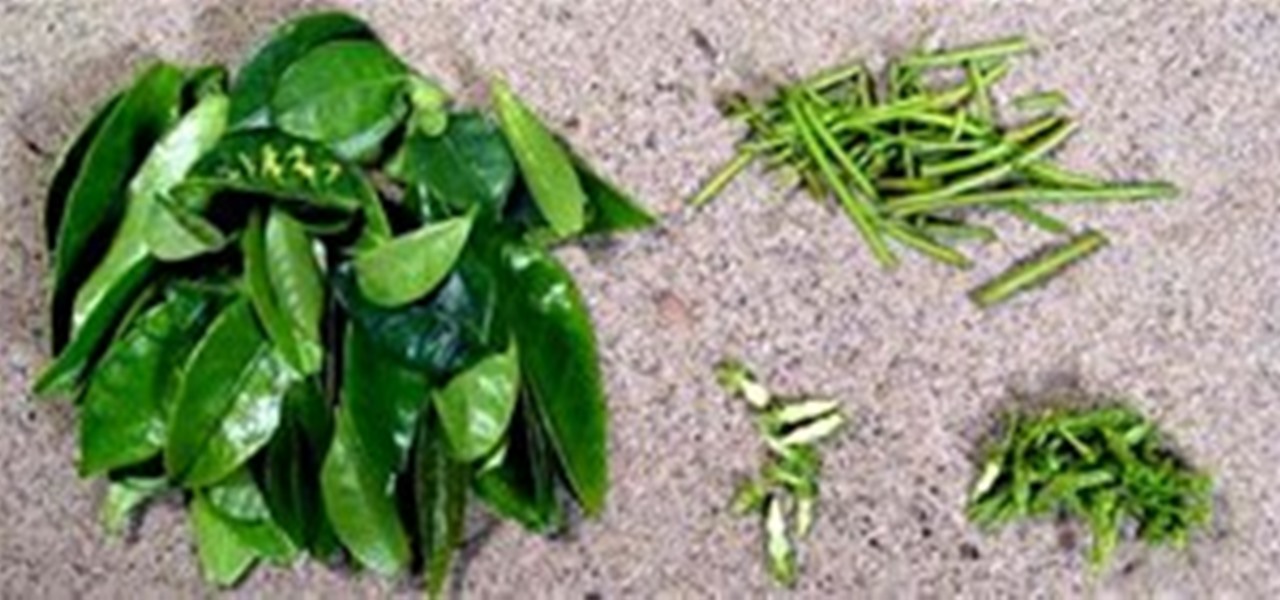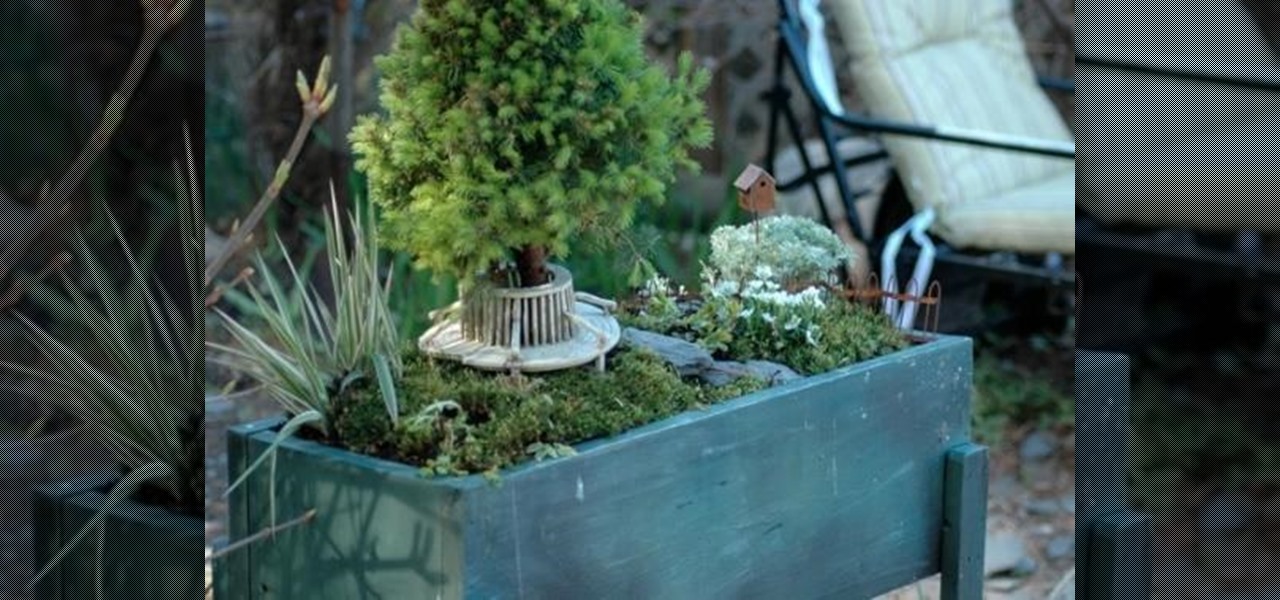
Have you seen all the adorable miniature garden ideas? Containers of some sort (wood boxes, planters, drawers, wheel barrows, bird baths…) hold a little scene full of tiny living plants along with little adornments like garden benches, hardscapes and paths. They are absolutely enchanting for all ages and how fun to shop the house and find special little things to decorate your tiny garden whether indoors or out. Not only can you plant real, live tiny plants in your garden. Consider little suc...
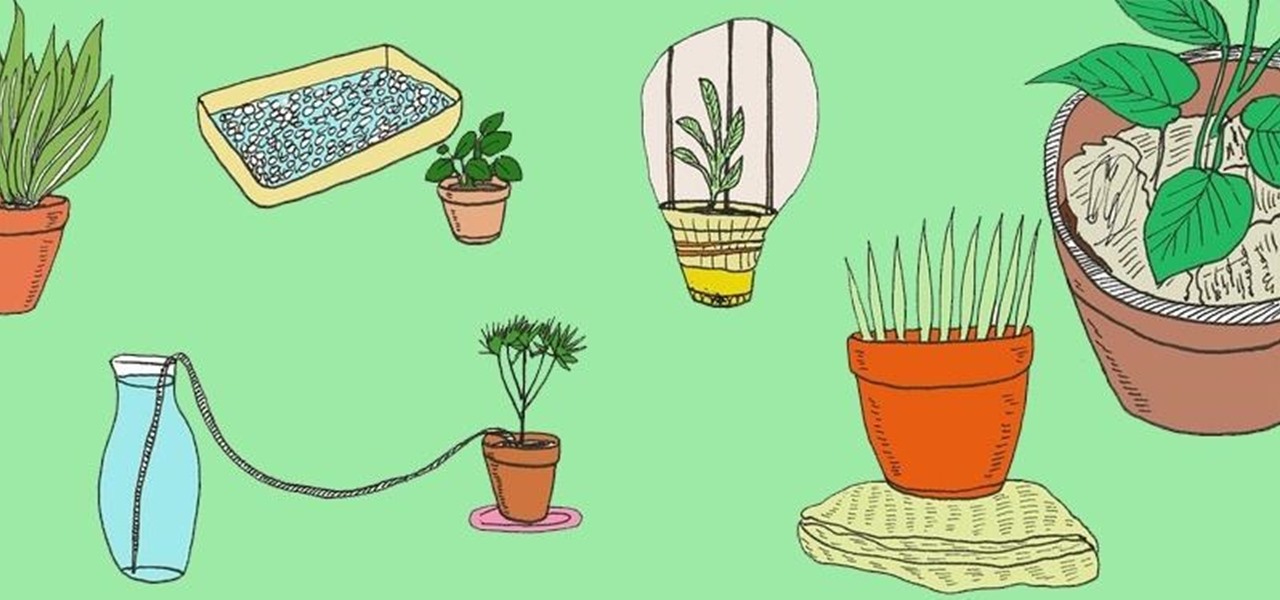
What can you do if you're about to leave for a big trip and can't find a plant-sitter to regularly water your indoor plants? Just like pets, your indoor ferns and marigolds need attention, too!
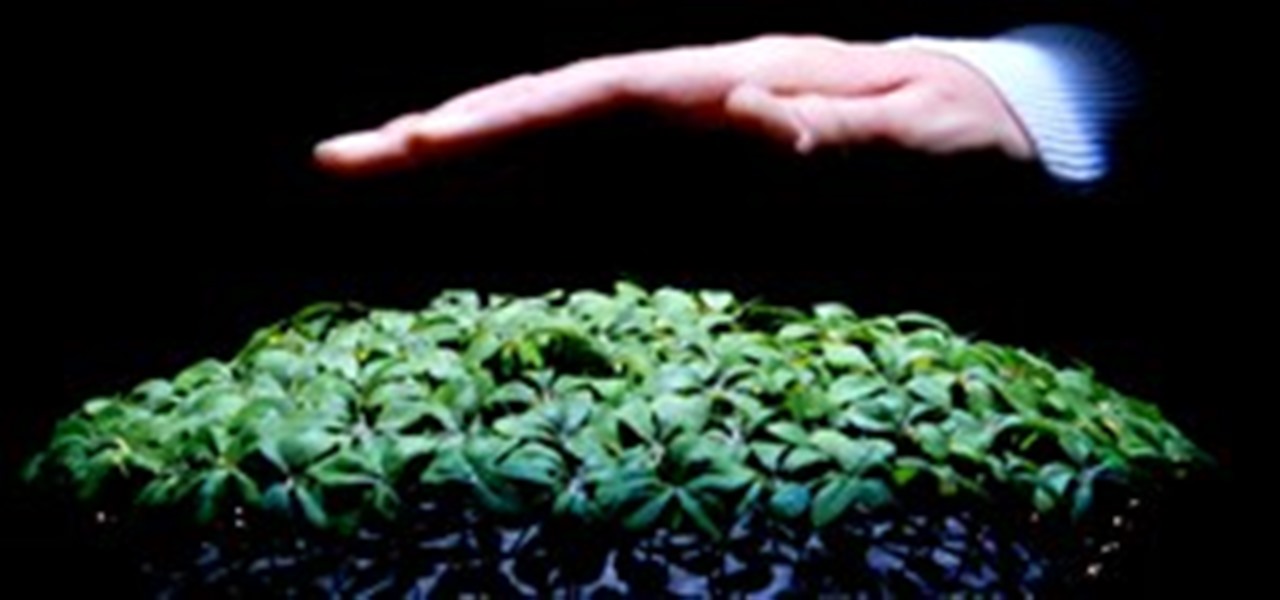
Japanese artist and visual designer Akira Nakayasu creates robotic plants that not only respond to human touch, but anticipate human touch.

Throw sticks of dynamite into sewage treatment plant's holding tanks.

In this video tutorial, viewers learn how to prune conifers. When pruning, use the cutters and reach for the healthy part of the plant at the back. Take off the dead material by cutting as close to the base as possible. Pruning will improves the conifers overall appearance and health. If users do not cut off the dead material, the conifer will not grow any more branches. To control the conifer's size, do heading back cuts to decrease the size and increase the fullness. This video will benefit...

If you have a kitchen window that connects directly with the sunlight and love growing plants, this video may be for you. In this helpful tutorial, you'll discover how to remove your old boring windows, for a newer one that also acts as a mini greenhouse. It's perfect for growing plants and herbs. So check this video out and see if it's something you would like to do. Good luck and enjoy! Install a garden greenhouse window in your kitchen.

Learn how to pinch out and pot on sweet peas with Sarah Raven's step-by-step video guide. This how to video demonstrates how to pinch out sweet peas to get really big stalky, chunky plants. Pinch out the tips of the sweet pea plants. These instructions lend expert advice on the pinch out/pot on process for sweet peas. Pinch out and pot on sweet peas.

Here is a fun how to project on dahlia cuttings and propagation. Sarah Raven shows how to take cuttings from dahlia plants in her step-by-step video guide. She also gives a demonstration on how to make a simple propagation tent from a plastic bag, stakes and an elastic band. You want to take cuttings from dahlia plants in the spring. Take dahlia cuttings and create a propagation tent.

Do you have an excess of empty yogurt containers? Do you also happen to have a green thumb? Put two and two together to make a DIY self-irrigating planter for your next tomato plant, herb garden or whatever green growing thing suits your fancy.

Free stuff is awesome. Zombies are awesome. And plants...well, plants are okay, but two out of three isn't bad. So, for this week only, PopCap is offering one of its all-time best sellers, Plants vs. Zombies, for FREE for being the Game Center's App of the Week in the iTunes App Store. All you need to do is go to the App Store on your iOS device and search for and download Plants vs. Zombies. You can also just click the following links for the iPhone, iPod touch, and iPad version, and the iPa...

Halyomorpha halys, squash bug, shield bug ... What's in a name? A pest is a pest and the brown marmorated stink bug is a pest par excellence. Though some home gardeners are content to use insecticides, you'll find that it's generally easier to work with nature than against it. And let's face it: trading noxious bugs for noxious chemicals isn't much of a victory. Particularly if you're growing food.

In this video, This Old House landscape contractor Roger Cook explains how to prune and train rose bushes.

Monty Don demonstrates how to plant tomatoes in grow bags and pots in the greenhouse at Berryfields, including advice on getting the most from grow bags, and when to put tomato plants outside.

Do you have a green thumb but an extremely limited living space? Try building your own DIY terrarium. All you need is a clear glass or plastic container, a few of your favorite plants, and some cheap gardening supplies to start your own self-contained, self-sustained miniature garden.

OOPHYTE 65 points (15 points without the bingo) Definition: a stage of development in certain plants [n]

One of the best Flash games inspired by urban gardening. One simple way of alleviating food shortage or rather minimizing your food expenses: Planting your own food. Of course this won’t literally save you from a zombie apocalypse but this could surely save you some extra bucks.

A group of New Zealand students have designed the ultimate green addition for eco-friendly living: a "clip-on" Plant Room.
Here’s a little tip from FrontierVille Post for those of you who want to help your neighbors out with the new goals.

Here are all the goal popups associated with getting married I'm missing the first few screen shots and please let me know if these are out of order.
Pitchfork - a local, free, organic plant and compost giveaway

Turn your refrigerator door into a mini-garden by scooping out the top of a wine cork, adding a small air plant, and then hot gluing a small magnet on the back of your wine cork. Just make sure to mist the air plant with water every week to keep it green and healthy.

Tom Cole shows how to transplant cabbage from a seed bed to a harvesting area. Tom uses a pitch fork to carefully remove the cabbage from the seed bed. He then plants the cabbage into the harvesting area and waters the plants. Watch video for best results. This also works with cauliflower and broccoli. Transplant cabbage from seed bed to a harvesting area.

Tuesday update June 8th. Upon logging in you see this:

Discover how to renovate a lawn with Monty Don's video project on preparing soil by digging, forking and raking before laying the turf.

In this episode of the Southwest Yard & Garden series, John White discusses common plant problems with the help of Dr. Natalie Goldberg an extension plant pathologist. The common shrub problem discussed is Powdered mildew, which is shown on a japonica shrub. The common tree problem discussed is cotton slime flux or bacterial wet wood on a cottonwood tree. They begin by describing the common symptoms to look out for as well as conditions for infection and growth in the dry southern climate. Th...

Watch this video from This Old House to learn how to choose the perfect palm trees for your back yard.

Watch this video from This Old House to learn how to plant a tree in poor soil. Steps:

Watch this video from This Old House to learn how to plant a tree. Steps:

Passng Technique: The instep pass is the most common way and the most efficient to pass a ball in soccer. It requires the use of your inside foot. Passing a ball is similar to shooting. It requires you to have your plant foot a foot away from the ball. Bend your standing leg, and follow through the ball with the inside of your foot making sure you lean forward and with a locked ankle. In this article I will guide you to help improve your passing by talking about the different things you need ...

Chris Beardshaw sows bluebells under the shade of the deciduous trees at Berryfields, and discusses the benefits of growing bluebells from seed over planting bulbs.

Follow Monty Don's guide to planting onions, shallots and garlic, with tips on soil preparation, drainage and compost.

Monty Don demonstrates the most effective method for harvesting carrots, with advice on companion planting and deterring carrot root fly.

Joe Swift demonstrates how to prune and take hardwood cuttings from dogwoods. Follow these Gardeners' World step-by-step guides to garden projects from the BBC. These lovely tutorials on gardening will grow your green thumb and make your gardens grow healthful plants. Prune and propogate dogwood trees.

Follow Monty Don's video advice on pruning shrub roses, including techniques that will keep fungal infection and viruses at bay, while encouraging flowering stems.

This is one concept that I would love to see sweep the urban world. One thing that strikes me every time I visit a major city is how far away they are from anything that is truly alive. Not only is the air dirty, but everyone must buy their produce from the grocery store. If those trucks were to stop coming for any reason, most people, if not everyone, would die of starvation. While this house is covered with ornamental plants, I would love to see this same concept applied to edible plants an...

Plant your seeds to find each collection item! Links

Robert Xyster, submitter to Love.Earn, demonstrates the universal edibility test using vegetation of the Iraq desert as an example:

Cascadian Farms is doing a promotion on FarmVille allowing you to plant Organic blueberries! This crop is MASTERABLE!
I don't know about you, but my mom was planting food in her yard long before it was ever considered "cool" or "progressive". We had scallions, plums, apples, pomegranates, melons and zucchinis in our yard. It was part of our sustenance, and at no point was it ever considered a luxury. It was just something we did to supplement our groceries because it was practical.












